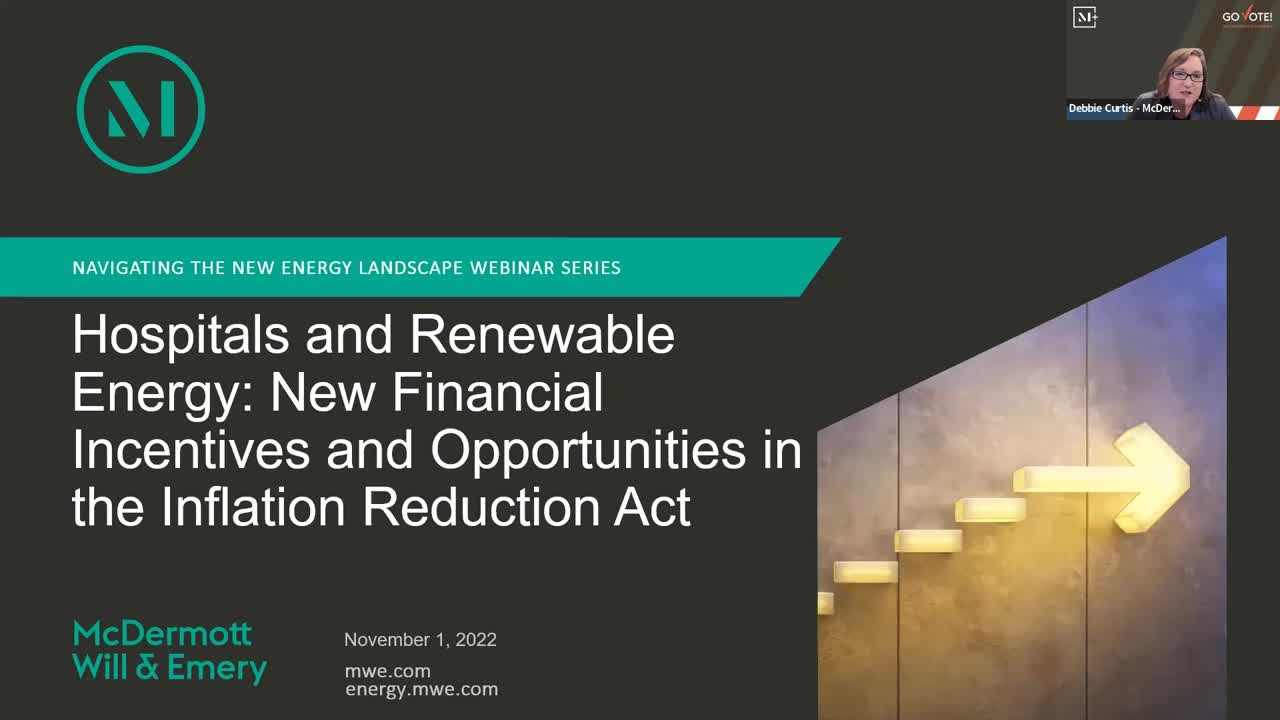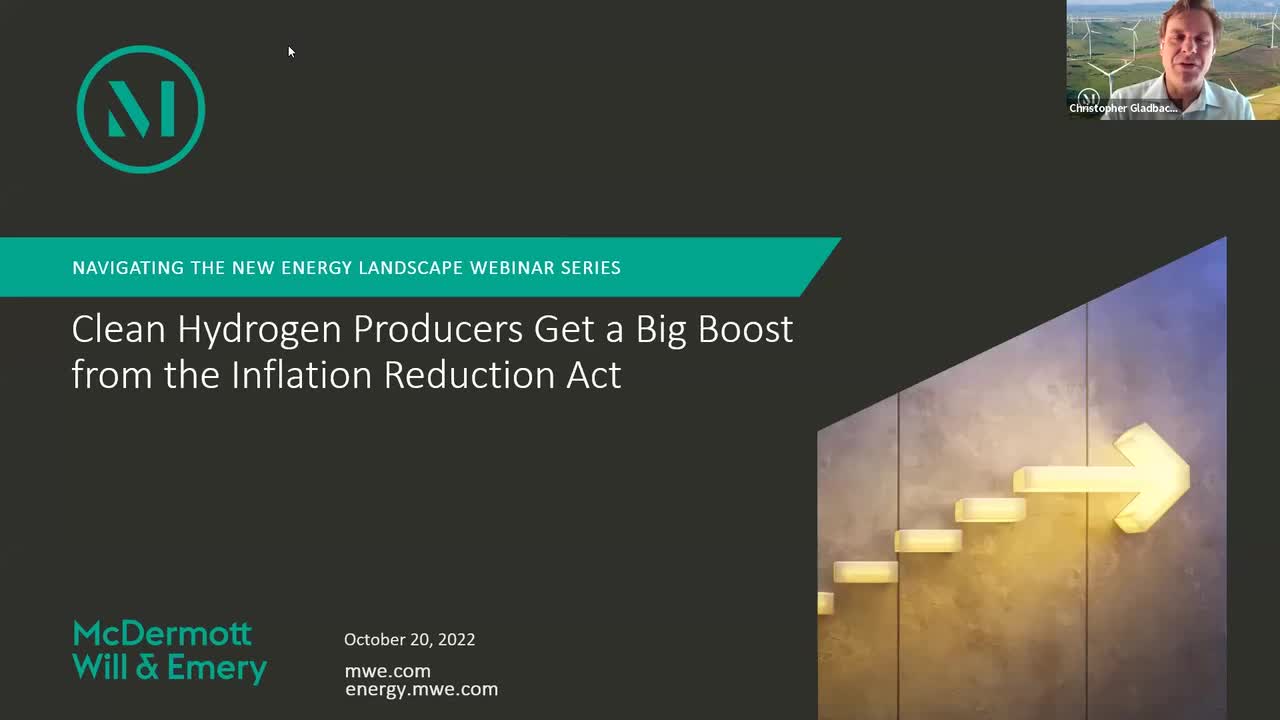Large, utility-scale US Department of Defense (DoD) renewable energy projects, which have not been pursued by the DoD for more than six years, may finally be back. The Defense Innovation Unit (DIU) is actively seeking solutions that would allow the US Department of the Air Force to deploy renewable energy systems and accompanying energy-resilient projects (including energy storage projects) quickly and cost-effectively. The Air Force is seeking a large lead sponsor to provide energy solutions that will meet the demand for on-base utility systems that are resilient, carbon-free, efficient and economical. The DIU and Air Force want to work with an entity that can adequately address these demands at an enterprise scale.
read more

 Subscribe
Subscribe








